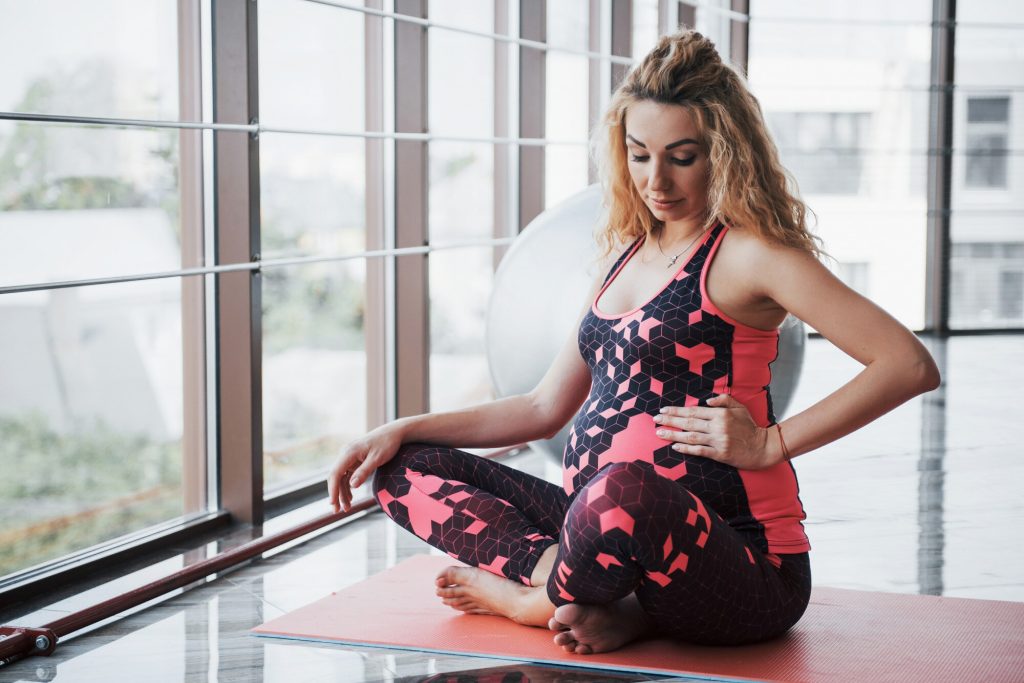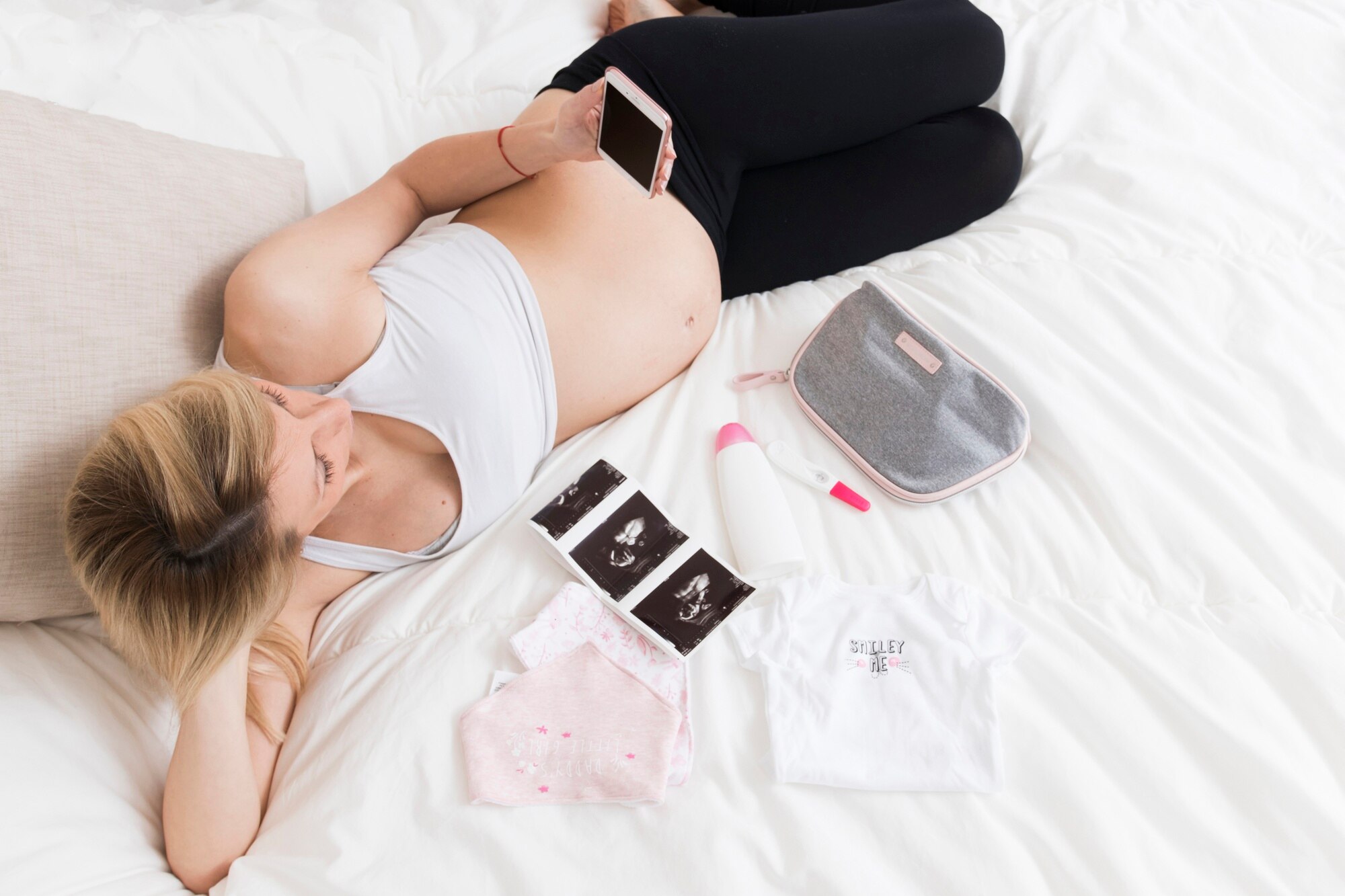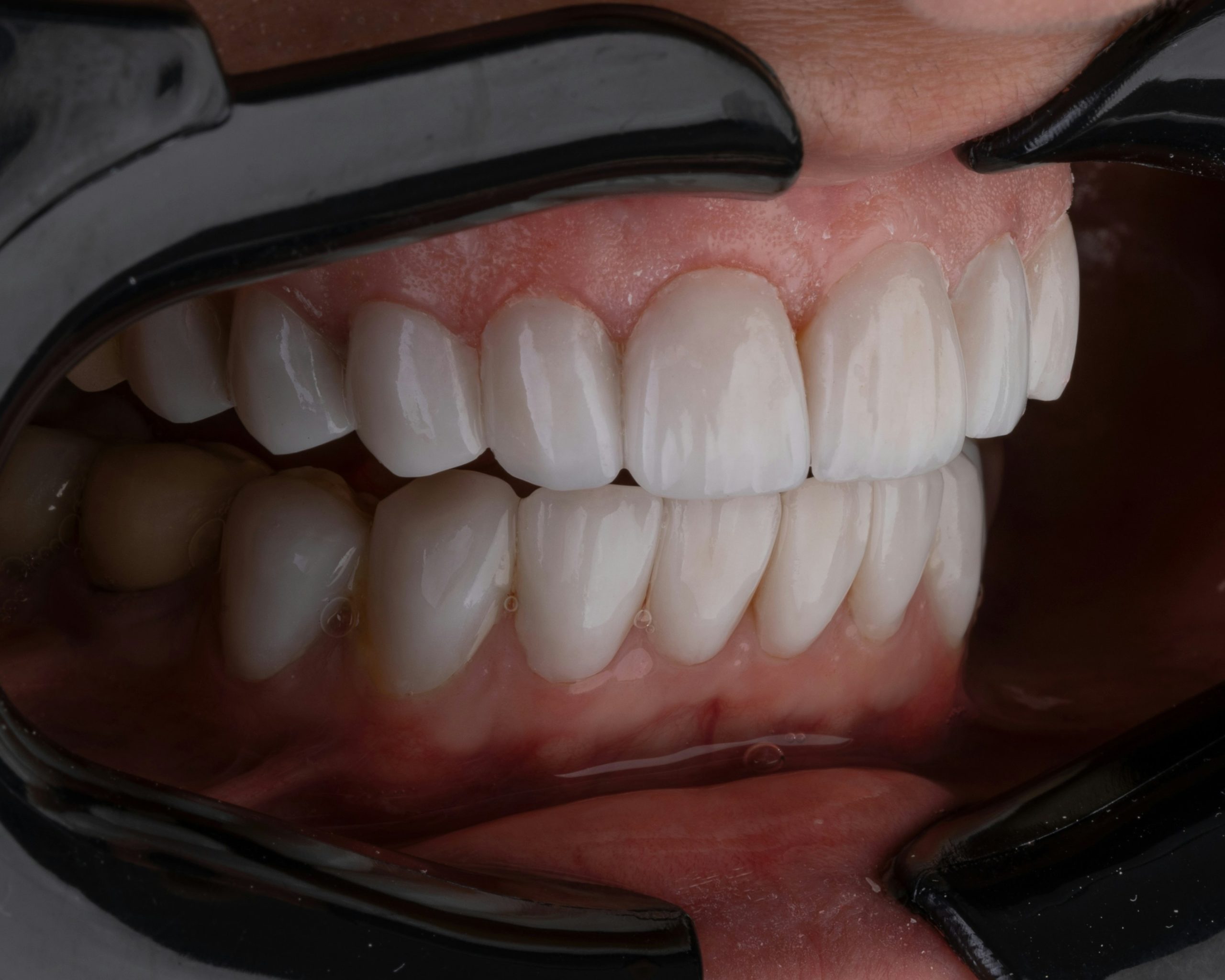Pregnancy is a transformative journey filled with anticipation and excitement, but it also comes with its own set of challenges. Among these challenges is finding comfortable clothing that accommodates your changing body. One of the most crucial pieces of maternity wear is the maternity bra. As your body undergoes significant changes, your regular bras may no longer provide the support and comfort you need. This article will guide you through selecting the right maternity bra to ensure comfort throughout your pregnancy and beyond.
Understanding Maternity and Nursing Bras
Maternity and nursing bras are specially crafted to cater to the evolving needs of your body during and after pregnancy. They provide enhanced support and comfort compared to regular bras, helping you navigate this phase with ease.

The Purpose of Maternity Bras
Maternity bras are designed to offer unparalleled comfort and support as your breasts grow throughout pregnancy. They often feature wider straps and additional hooks for adjustability, ensuring a perfect fit as your body changes. These bras are crafted from soft materials to prevent irritation and accommodate sensitive skin, making them an essential part of your maternity wardrobe.
The Functionality of Nursing Bras
Nursing bras are tailored to facilitate breastfeeding, offering convenience and ease for new mothers. They come with cups that can be easily opened or folded down, allowing you to nurse your baby without hassle. The practicality of nursing bras lies in their ability to provide discreet access, which is particularly useful in public settings or when you’re on the go.
Differences Between Maternity and Nursing Bras
While maternity and nursing bras share similarities, they serve distinct purposes. Maternity bras are primarily focused on comfort and support during pregnancy, while nursing bras are designed with breastfeeding in mind. Some bras combine both functionalities, offering support during pregnancy and easy access for nursing, making them a versatile choice for expectant mothers.
Key Features of a Good Maternity Bra
When choosing a maternity bra, it’s essential to consider several features to ensure maximum comfort and support throughout your pregnancy and beyond.
Superior Support and Comfort
A top-quality maternity bra should provide exceptional support to alleviate any discomfort from the increased breast size. Look for bras with wide, padded straps and strong, supportive bands to distribute weight evenly. The bra should also feature a design that reduces strain on your shoulders and back, contributing to overall comfort.
Customizable Fit with Adjustable Straps and Bands
As your body continues to change throughout your pregnancy, it’s crucial to have a bra that can adjust accordingly. Maternity bras with adjustable straps and multiple hook-and-eye closures offer a customizable fit, accommodating fluctuations in size and ensuring long-term usability. This adjustability allows you to modify the bra’s fit as needed, providing ongoing support as your body evolves.
Importance of Breathable Fabrics
Pregnancy can often lead to increased body temperature, so selecting bras made from breathable fabrics like cotton or bamboo is vital. These materials promote airflow, keeping you cool and comfortable even during warmer months. Additionally, breathable fabrics reduce the risk of skin irritation and provide a soft touch against sensitive skin, enhancing overall comfort.
Seamless and Soft Designs
Seamless bras offer a smooth silhouette under clothing, preventing any irritation from seams rubbing against sensitive skin. Soft designs without underwires are particularly beneficial, as they eliminate pressure points and provide gentle support. This combination of seamless and soft features ensures that your maternity bra remains comfortable throughout the day.
Easy Nursing Access for Versatility
For those who wish to combine maternity and nursing functionality, look for bras that offer easy nursing access. This feature is beneficial for post-pregnancy use, allowing you to seamlessly transition from maternity wear to nursing, maximizing the bra’s versatility and value.
Types of Maternity Bras
There are several types of maternity bras available, each designed to suit different needs and preferences. Understanding these options will help you make an informed decision tailored to your lifestyle.
Wire-Free Bras for Gentle Support
Wire-free bras provide gentle support without the discomfort of underwires. They are an excellent choice for women who prefer a more relaxed fit, offering comfort without compromising support. These bras are ideal for everyday wear, allowing your body to move naturally without restriction.
Flexible Underwire Bras for Enhanced Support
If you prefer the support of an underwire, look for maternity bras with flexible wires. These offer the structure of a regular underwire bra without putting pressure on your growing breasts. The flexibility of these wires adapts to your body’s changes, providing consistent support without discomfort.
Sleep Bras for Nighttime Comfort
Sleep bras are soft and stretchy, designed for comfort while you sleep. They provide light support and are often made from breathable materials to keep you cool at night. These bras are perfect for overnight use, offering gentle support while accommodating your body’s relaxed state during sleep.
Sports Bras for Active Lifestyles
If you plan to continue exercising during your pregnancy, a supportive maternity sports bra is a must. Look for one with extra support and a comfortable fit to accommodate your changing body. Maternity sports bras are designed to minimize movement, reducing discomfort during physical activity and ensuring you remain active safely.
Convertible Bras for Versatile Use
Convertible bras offer the flexibility of multiple strap configurations, making them suitable for various outfits and occasions. This versatility allows you to adapt your bra to different clothing styles, providing both functionality and fashion-forward options during your pregnancy.
When to Start Wearing Maternity Bras
Many women wonder when they should start wearing maternity bras. The answer varies for each woman, but understanding the typical timeline can help you make informed decisions.
Identifying Changes in the First Trimester
Some women notice breast changes as early as the first trimester, with increased sensitivity and growth being common. If your regular bras start feeling tight or uncomfortable, it might be time to consider switching to a maternity bra. Early adoption ensures you have the support you need from the start, preventing discomfort as your body adjusts.
Embracing Growth in the Second Trimester
Most women find the need for maternity bras by the second trimester as their breasts grow significantly. This is an excellent time to invest in a few comfortable, supportive bras that accommodate your expanding size. Making the switch during this period ensures you’re prepared for continued changes, maintaining comfort as your pregnancy progresses.
Transitioning to Postpartum and Nursing Needs
After giving birth, your breasts will go through more changes as your milk comes in. Nursing bras become essential during this period, providing convenience and comfort for breastfeeding. Investing in nursing bras ahead of time can ease the transition from maternity to postpartum, ensuring you’re ready for the demands of motherhood.
Monitoring Personal Comfort and Needs
Every woman’s body is unique, so it’s essential to monitor your personal comfort and needs throughout your pregnancy. Pay attention to any discomfort or pressure from your existing bras, and be proactive in making the switch to maternity bras as needed. This personalized approach ensures you remain comfortable and supported at every stage.
How to Choose the Right Size
Selecting the correct size is crucial for comfort and support. Here’s a comprehensive guide to help you find the right fit for your maternity bras.
Measuring Yourself Accurately
- Band Size: Measure around your ribcage, just under your bust. Make sure the tape is snug but not too tight. Round up to the nearest even number to find your band size. This measurement forms the foundation of your bra’s fit, ensuring it sits comfortably around your body.
- Bust Size: Measure around the fullest part of your breasts. Ensure the tape is level and not too tight. This measurement captures the volume of your breasts, which is crucial for determining the correct cup size.
- Cup Size: Subtract your band size from your bust size. Use the difference to find your cup size using a standard bra size chart. Understanding your cup size ensures that your bra provides adequate coverage and support.
Trying on Bras for Best Fit
Once you have your measurements, try on different styles and sizes to find what feels best. Remember, every brand fits differently, so don’t hesitate to try several options. It’s important to move around and test the bra’s support during fitting, ensuring it holds up to daily activities.
Checking the Fit for Comfort and Support
Ensure the band fits snugly without riding up, the cups fully encase your breasts without spilling, and the straps stay in place without digging into your shoulders. A well-fitting bra should feel secure without being restrictive, providing comfort and support throughout the day.
Seeking Professional Fitting Assistance
If you’re unsure about your measurements or fit, consider seeking professional fitting assistance. Many lingerie stores offer fitting services, providing expert guidance to help you find the perfect maternity bra. This personalized approach ensures you find a bra that meets your specific needs and preferences.
Caring for Your Maternity Bras
Proper care will extend the life of your maternity bras and ensure they continue to provide the support you need throughout your pregnancy and beyond.
Washing Your Bras Correctly
Hand-wash your bras in cold water using a gentle detergent. Avoid using bleach or fabric softeners, as they can damage the fabric and elastic. Proper washing techniques preserve the integrity of the materials, ensuring your bras remain supportive and comfortable.
Drying Bras to Maintain Shape
Always air-dry your bras. Avoid using the dryer, as the heat can damage the elasticity and shape of the bra. Air-drying maintains the bra’s form and prevents shrinkage, extending its lifespan and usability.
Storing Bras for Longevity
Store your bras flat or folded gently to maintain their shape. Avoid cramming them into drawers, as this can distort the cups and bands. Proper storage keeps your bras in optimal condition, ready for use whenever needed.
Rotating Bras to Prevent Wear
Rotate between several bras to prevent overuse of any single one. This practice allows each bra time to recover its shape and elasticity, prolonging its life and ensuring you have reliable support throughout your pregnancy.
Conclusion
Choosing the right maternity bra is essential for your comfort and well-being during pregnancy. By understanding the different types of bras available and knowing how to select the right size and fit, you can ensure you’re comfortable and supported throughout this beautiful journey.
Remember, every woman’s body is unique, so take the time to find what works best for you. A well-chosen maternity bra can make a significant difference in your comfort and overall experience during pregnancy and breastfeeding. By investing in the right bras and caring for them properly, you ensure that you remain supported and comfortable as you embrace the joys and challenges of motherhood.





Leave a Reply